From rovers on Mars to an orbiting Tesla, this decade revolutionized how we see space – CNET
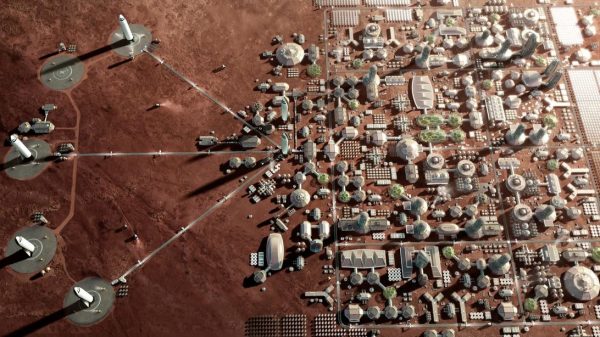
SpaceX’s vision of a Martian city.
SpaceX
By 2029, we could have human footprints on Mars, an established base on the moon and maybe even know which worlds beyond ours host life. It’s all science fiction right now, but when we look at how far we’ve come in the past 10 years it suddenly seems less far-fetched.
On January 4, 2010, less than a year after being launched into space, NASA’s Kepler Space Telescope discovered its first batch of planets in our galaxy. Though none are habitable for human life, it was an appropriate way to start a decade that would revolutionize our perception of space and our place in it as well as plans to visit the vastness beyond this world.
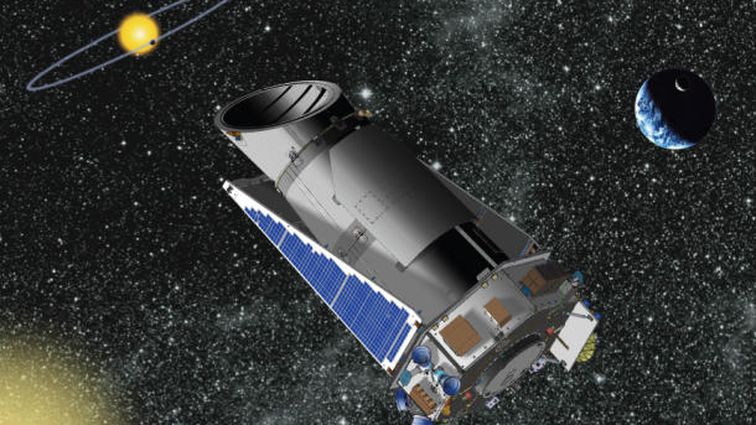
30 Photos
Between 2010 and the end of its life in 2018, Kepler would discover more than 2,700 confirmed worlds beyond our solar system. Other space telescopes like NASA’s Spitzer, Hubble and TESS and state-of-the-art terrestrial observatories such as ALMA in Chile assisted Kepler. These and many others have given astronomers the opportunity to excavate previously unseen exoplanets from the vast blackness of the universe.

Though we’d spotted some exoplanets over the two previous decades, in the 2010s they seemed to be everywhere, including some that look an awful lot like Earth. In 2014, Kepler 186-f, an Earth-sized planet in the habitable zone with brilliant red and orange sunsets, was discovered. We also spotted Trappist-1, a star orbited by several Earth-like planets, in 2017 and even a possible Earth cousin orbiting the nearest star beyond our sun, Proxima Centauri, in 2016.
Also in 2016, scientists made the first ever observations of the gravitational waves predicted by Albert Einstein — literal ripples in the fabric of space-time from across the cosmos. This ability to observe space in a new way has ushered in the nascent field of multi-messenger astronomy that could further unlock the secrets of the universe.
Astronomers also continued to investigate some persistent space mysteries, like the fleeting, enigmatic signals from across the universe known as Fast Radio Bursts. New evidence was presented for the possible existence of an unseen ninth planet in the far reaches of the solar system (Pluto was re-classified as a dwarf planet in 2006) and we also learned more about the nature of the most powerful of all monsters: black holes.
In 2011, astronomers discovered black holes dating back to the earliest days of the universe, and in 2019 the first image was taken of a black hole with the help of the Event Horizon Telescope, eight radio telescopes around the world coordinating to form a planet-sized super telescope. This groundbreaking view also confirmed Einstein’s theory of gravity. (The 2010s were a good decade for him, over a century after he and his most famous theories first rose to prominence.)
There were also a few new mysteries, like stars that dim in an odd and unpredictable way and that weird 2017 visit from Oumuamua, an interstellar oblong space rock that seemed to speed up inexplicably on its way back out to deep space. After a few checks, it doesn’t seem that either were the work of aliens.
The decade didn’t yield actual aliens anywhere, UFOs, perhaps, but certainly no confirmed close encounters.

26 Photos
Going multiplanetary with Musk
Reaching the nearest exoplanet would require inventing some sort of breakthrough propulsion technology to travel at or near the speed of light and then spending several years traversing the 24 trillion miles (39 trillion kilometers) to get there.
But the past decade has brought a big push to make the Star Trek warp-speed lifestyle a reality. Elon Musk, the Mars-obsessed CEO of SpaceX, has taken his startup from just another NASA launch contractor to the outfit with perhaps the best shot at making humans a “multiplanetary species,” as he likes to say.
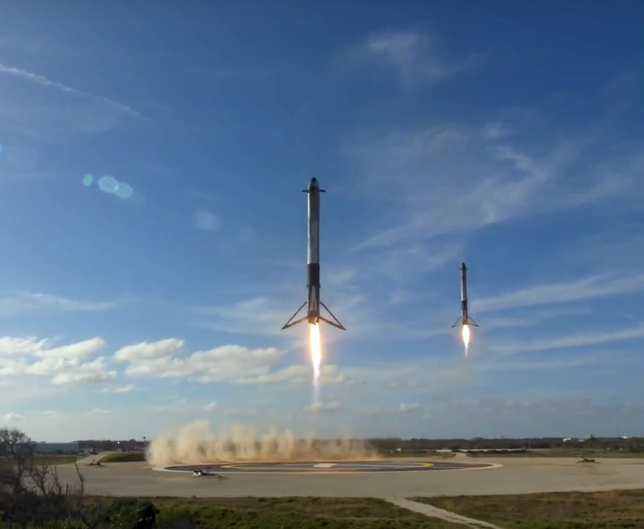
Because one landing isn’t enough, SpaceX can almost synchronize the return of two rockets.
SpaceX
At the end of 2010, SpaceX launched a Dragon capsule into orbit and brought it back to Earth, the first private organization to do so. Nine years later, SpaceX and Blue Origin have gone several steps further. Both have pioneered and perfected the reusable rocket, ending several decades of NASA and other agencies dumping each booster in the ocean after just one use.
By driving down the cost of getting to orbit, the recyclable rocket has been nothing short of a revolution in how we access space, making it easier for satellites large and small to get to orbit. Musk also got lots of attention by strapping three rockets together and using the Falcon Heavy lift system to send his personal Tesla towards Mars in 2018.
But more importantly, the new launch and landing systems have Musk and others dreaming big about space again. He wants to build a metropolis on Mars, start super-quick international flight service between destinations on Earth via space and launch Starlink, a mega-constellation of up to 42,000 small satellites in low-Earth orbit blanketing the planet with broadband service.
Blue Origin, founded by Amazon CEO Jeff Bezos, has its own vision to establish a presence on the moon and in space stations orbiting Earth. Meanwhile, Richard Branson and Virgin Galactic are just about ready to begin regularly taking tourists to space after a decade of ups and downs.
Going boldly AF all over the place
Space has been more than just a canvas for a handful of super-rich dudes to project their childhood dreams upon. Over the past 19 years publicly funded robotic missions fanned out across the solar system, and beyond.
NASA’s Dawn became the first spacecraft to orbit an asteroid in 2011, and four years later it went on to check out the dwarf planet Ceres and its mysterious bright spots, which appear to be reflective salt deposits. The European Space Agency achieved some firsts of its own in 2014, sending its Rosetta probe to orbit a comet and landing another craft named Philae on the icy surface. It sent back some pretty amazing images as it rode the interloper bareback through the solar system.
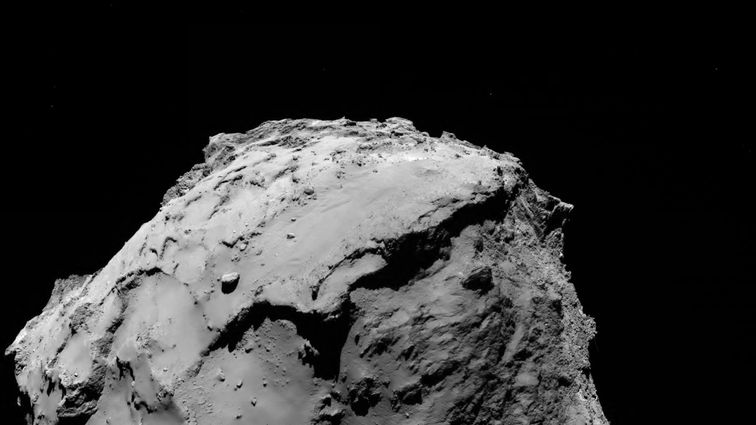
10 Photos
Before finally ending with a 2017 death plunge into Saturn, NASA’s Cassini mission explored the gas giant’s fascinating rings and moons and even flew through the icy plumes erupting into space from the subsurface ocean of the Saturnian moon Enceladus.
Speaking of water, this was the decade it became clear the life-supporting liquid is not just on Enceladus, but elsewhere in the solar system and beyond. It’s hidden in the subsurface oceans of Jupiter’s moons Europa and Ganymede, in the red slopes of Mars and even in the atmosphere of a distant exoplanet.
Remarkably, another place that might be hiding a liquid ocean is the frozen surface of Pluto. This supposition comes courtesy of New Horizons, a NASA probe that flew by the dwarf planet in 2015 and returned images of a world far more dynamic and diverse than the distant snowball many long assumed it to be. We’re talking a world of methane snow, possible nuclear volcanoes and even hazy blue skies.
The New Horizons probe soldiered on, visiting the strange space rock Ultima Thule and following in the footsteps of Voyager 1, which left the solar system crossing into interstellar space in 2012.
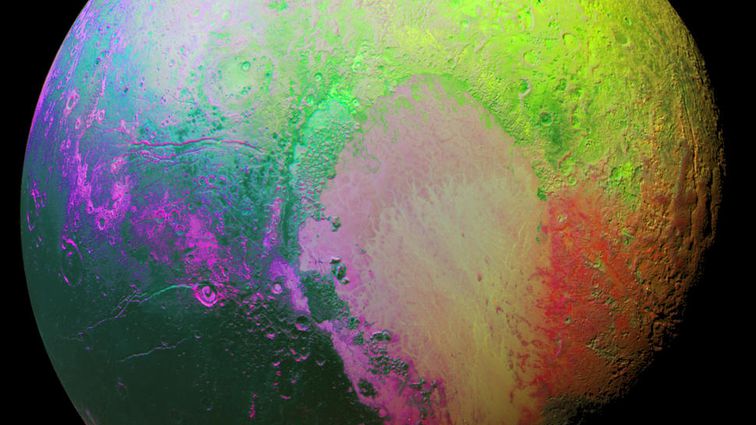
9 Photos
Since 2010, we’ve also seen other space missions in action: Juno arrived at Jupiter, LADEE orbited the moon and MAVEN circled Mars. Both NASA’s Osiris-Rex and Japan’s Hayabusa-2 are aiming to return samples from asteroids to Earth, Mars Insight is drilling into the Red Planet and the Parker Solar Probe is on its way for a close encounter with the sun.
How Curiosity and pals piqued everyone’s
Arguably no mission captivated the global public this decade as much as the science lab/monster truck combo named Curiosity. NASA’s third Martian rover successfully landed on Mars in 2012 and has been roving around all that ochre dirt and sand ever since.
The landing was a high-drama affair that made celebrities of NASA scientists (remember Bobak, the “mohawk guy?“) and the rover itself. And for years since, Curiosity has been sending back both high-resolution images and data of a foreign world that we just might visit in person one day soon.
Meanwhile, NASA declared its Opportunity rover dead in 2019 after a good 14-year run on Mars.
Other space agencies have also been pushing the limits in recent years. China made the first soft landing on the moon in nearly 40 years in 2013 with its Chang’e 3 spacecraft, which deployed the Yutu or “Jade Rabbit” rover that then promptly got stuck. Undeterred, Chang’e 4 was an impressive follow-up mission, successfully landing on and exploring the far side of the moon starting in 2019.
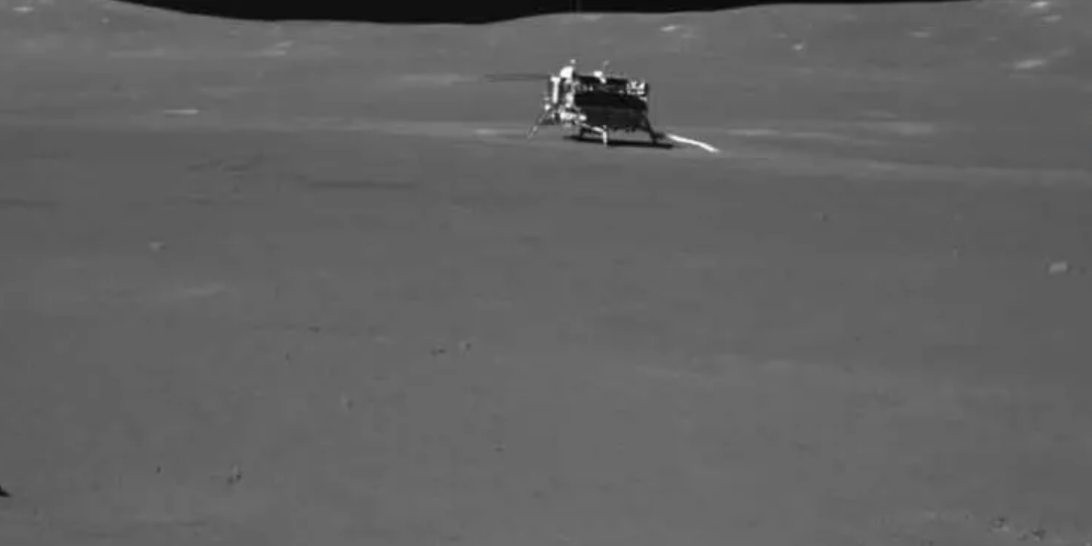
China’s lunar lander, alone, on the far side of the moon.
CSNA
India also launched its first observatory and a coalition of nations kept the International Space Station operational, doing tons of science and hosting Scott Kelly, the first astronaut to live in space for a full year. The continued success of the ISS came as NASA’s Space Shuttle program ended in 2011 and Russian rockets became the sole way to move people from Earth to orbit.
Plans to return crewed launches to American soil kicked off but won’t reach fruition before 2020. SpaceX and Boeing are both developing new spaceships and NASA has its own Space Launch System and Orion crewed spacecraft designed to reach the moon and beyond that seem to be perpetually delayed. The space agency is still aiming to use Orion to send the first woman to the moon within five years as part of its Artemis mission.
The story has been similar for the over-budget and oft-delayed James Webb Space Telescope (the successor to Hubble) and the massive Thirty Meter Telescope planned for Hawaii that has been delayed by persistent protests from indigenous activists who say the development amounts to desecration of the sacred Mauna Kea volcano.
Some other notable space hiccups of the decade include the failure (so far) of any Google Lunar X Prize competitors to make it to the moon. Unless you count the 2019 crash landing of the Israel-based Beresheet lander, which had its origins in the competition.
India’s Chandrayaan-2 moon lander seems to have suffered a similar fate, although its status has yet to be confirmed as of this writing. But it was hugely exciting that another country was going to the moon at all.
Looking forward
The past 10 years have yielded amazing new discoveries, but much of the work in space of the last decade has been building up to potentially remarkable payoffs in the 2020s. A half century on from the Apollo 11 moon landing, there’s been more promise then follow-through, especially when it comes to human space exploration.
But this time really does feel a little different. We may not make NASA’s ambitious goal to land the first woman on the moon by 2024, or Elon Musk’s hope of getting to Mars within a similar timeframe. But if we just manage to build upon the momentum of this past decade and continue making progress, it should be an epic and exciting ride worth following.
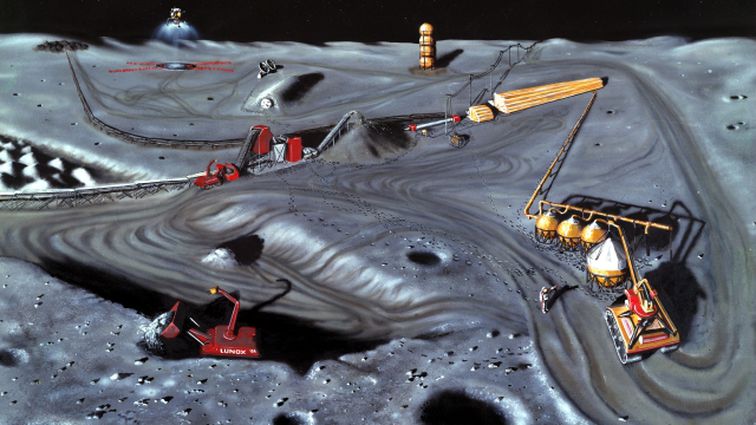
17 Photos











